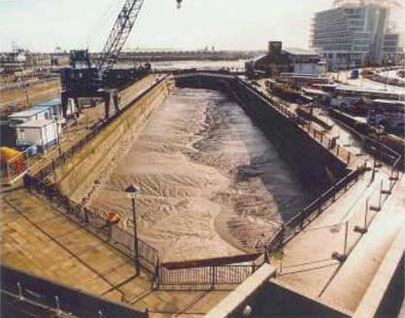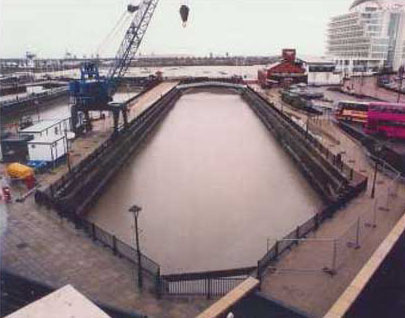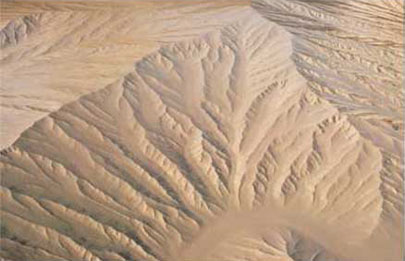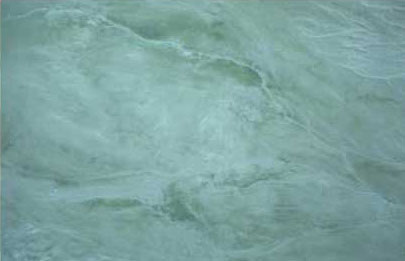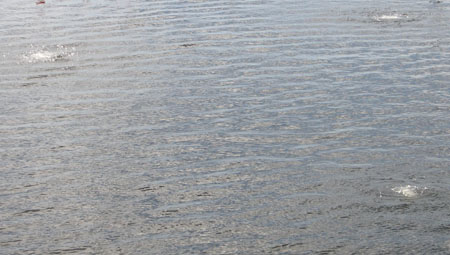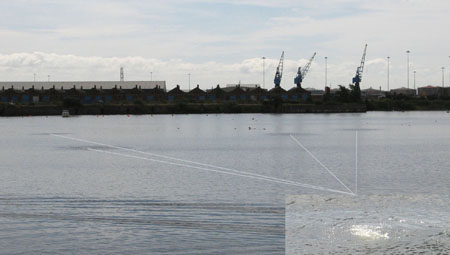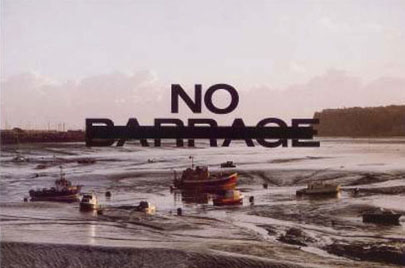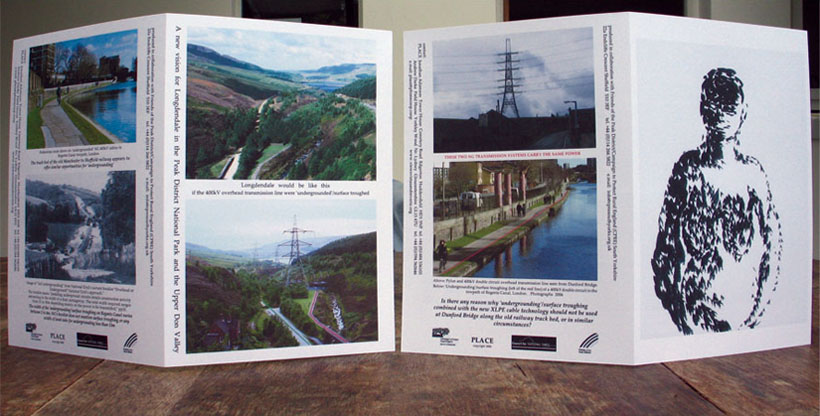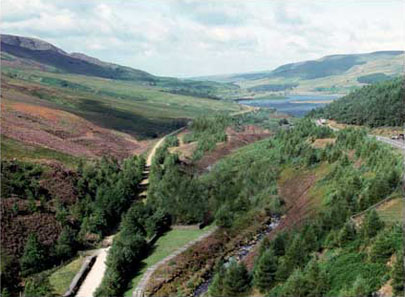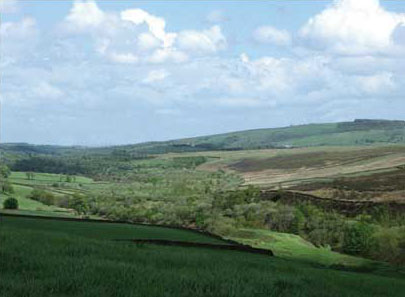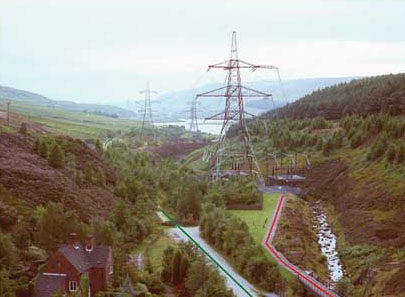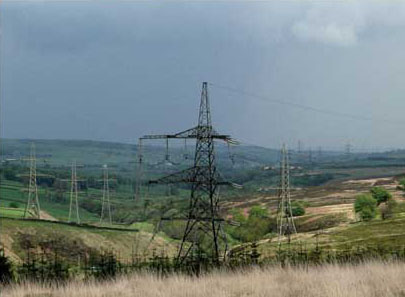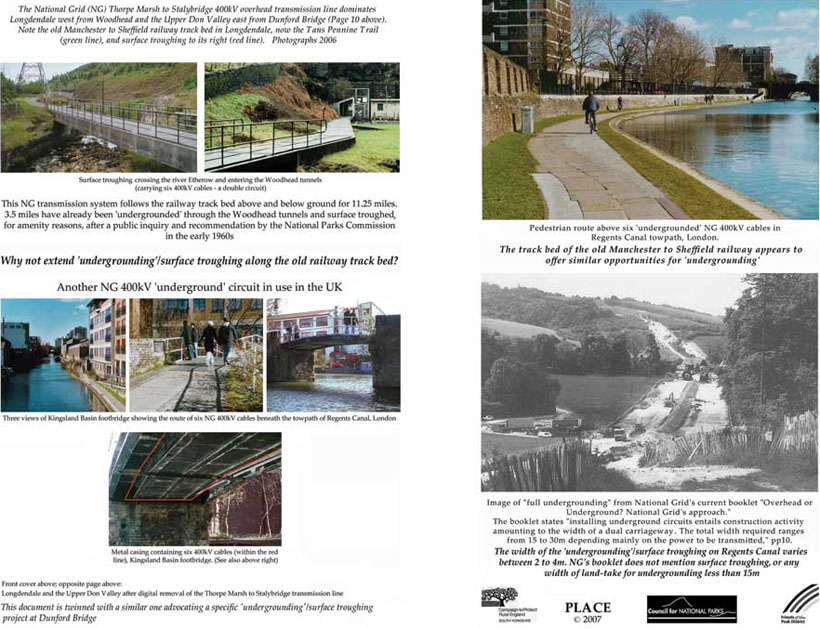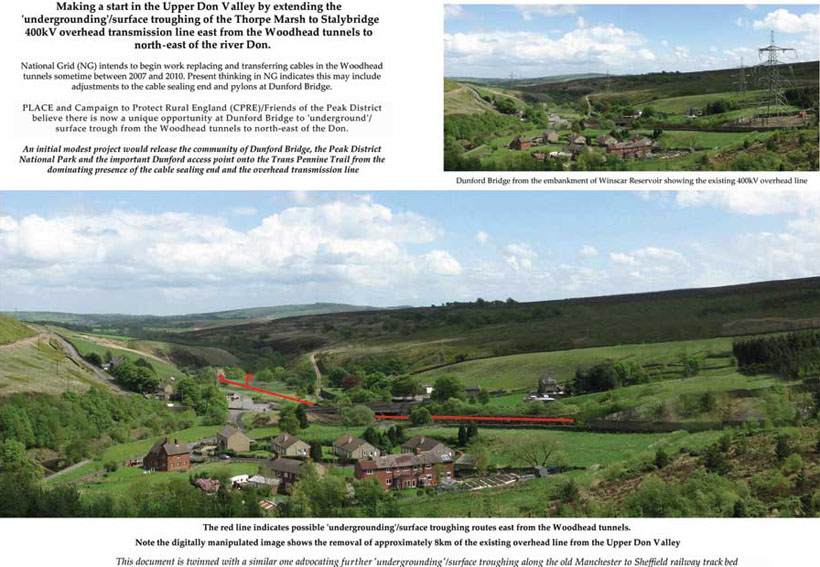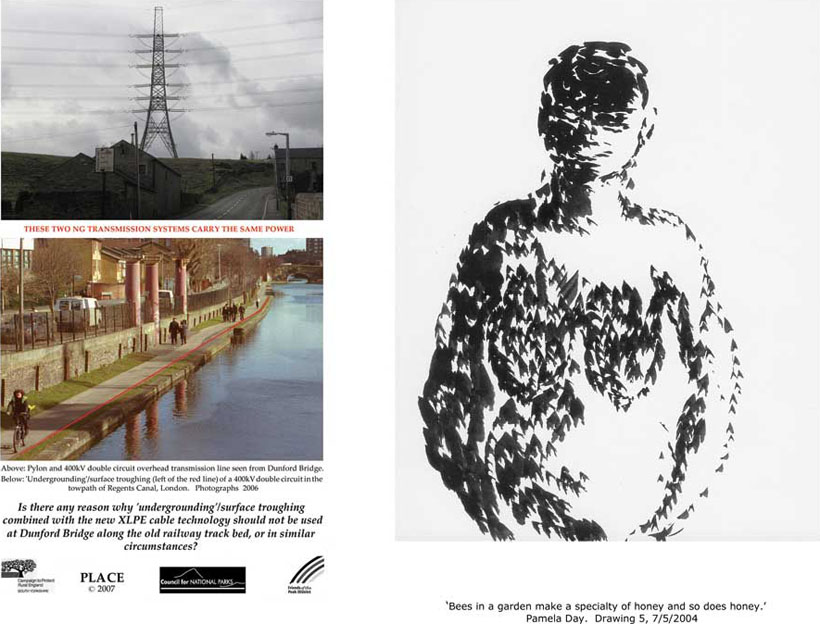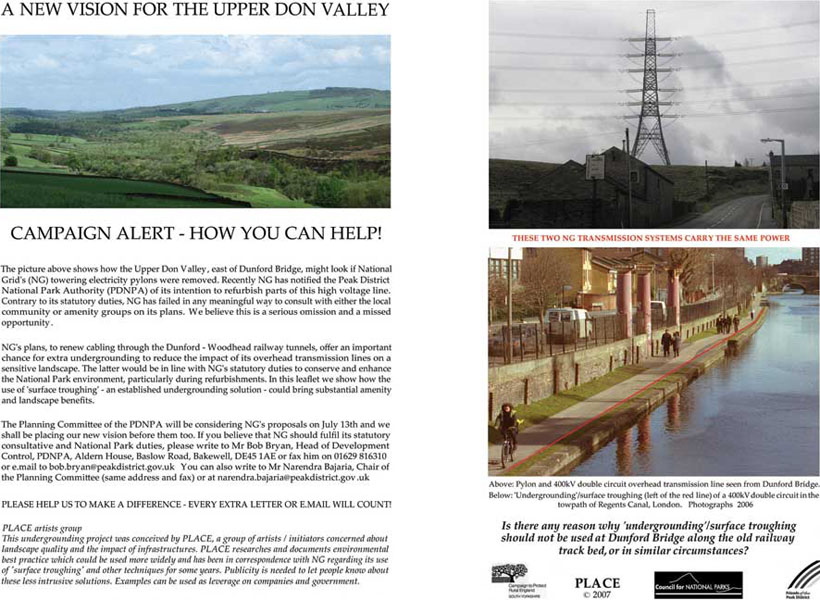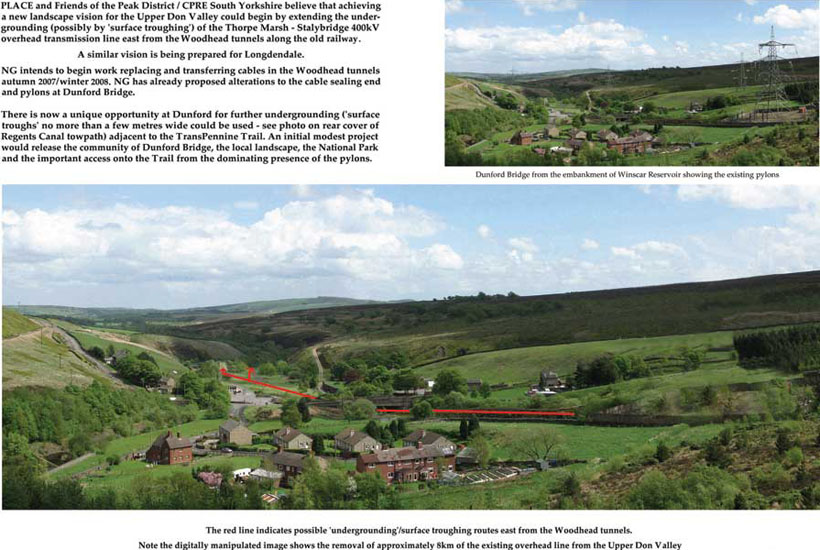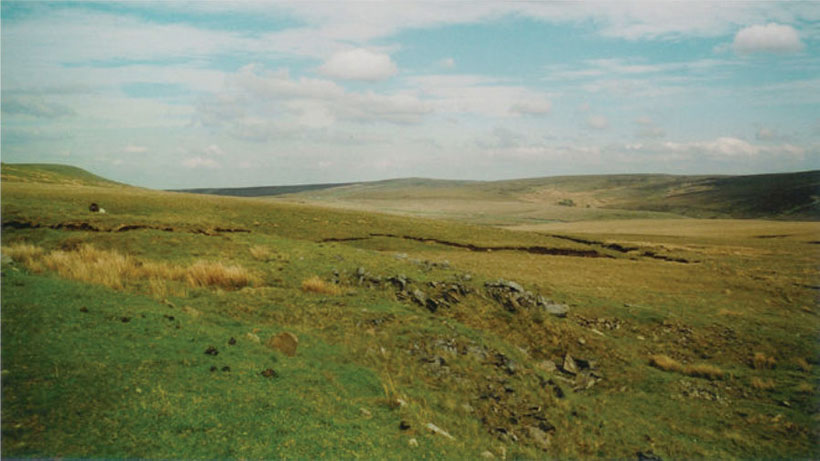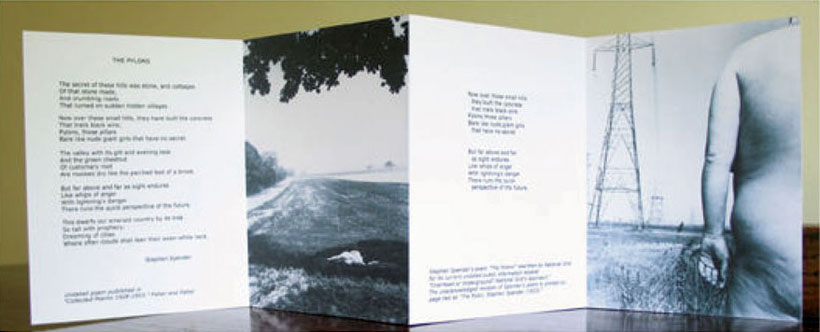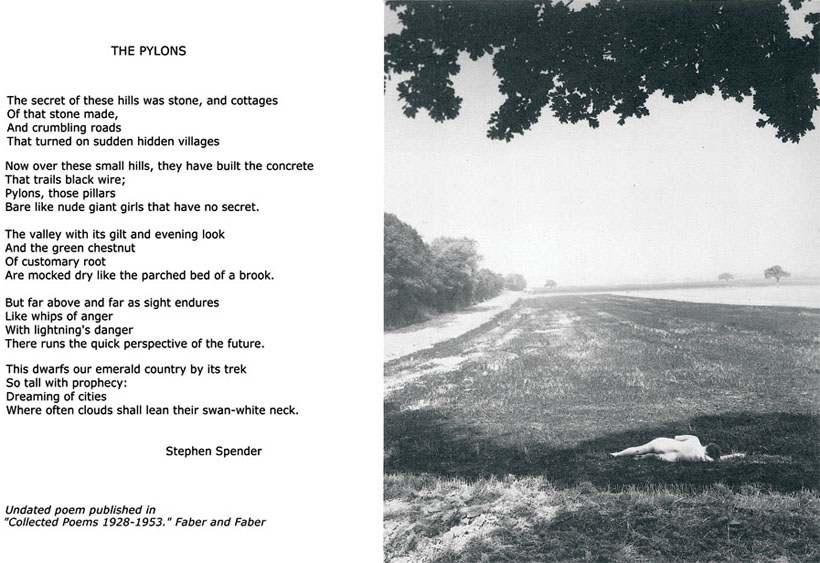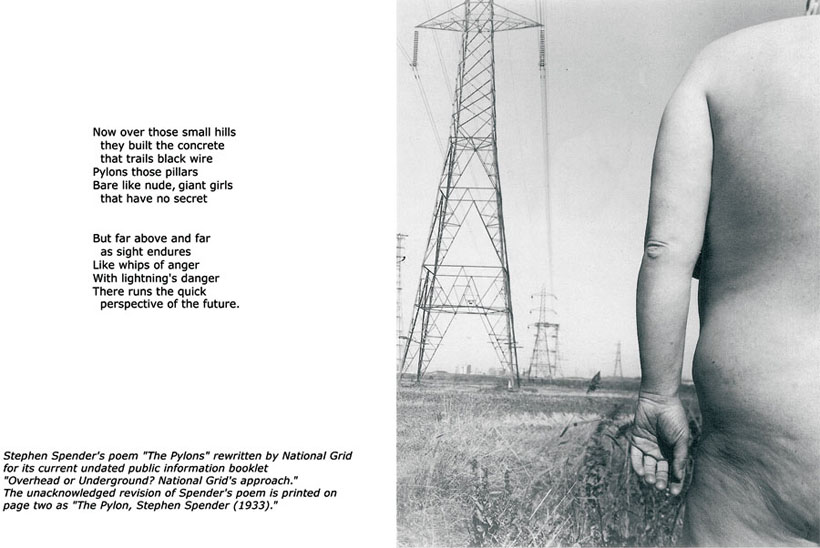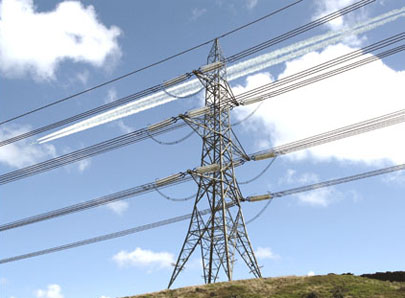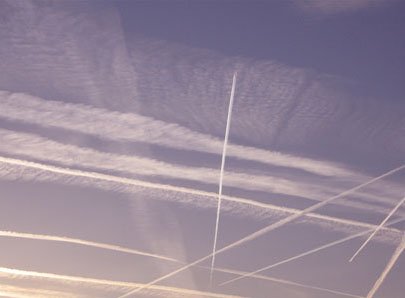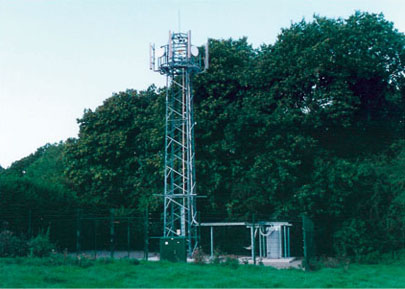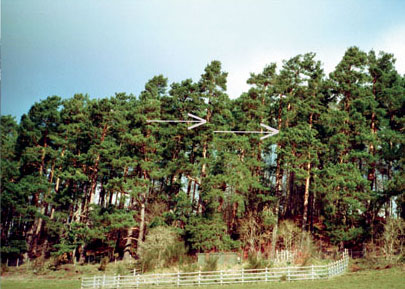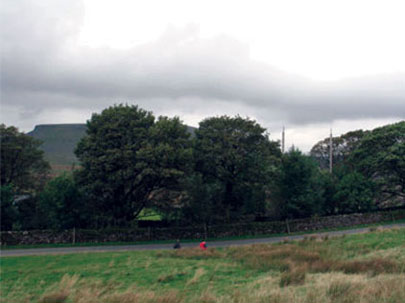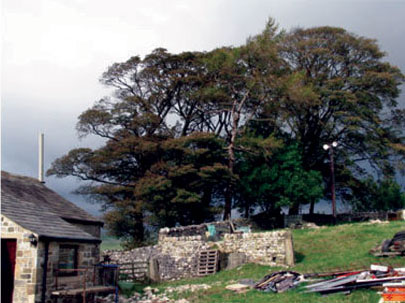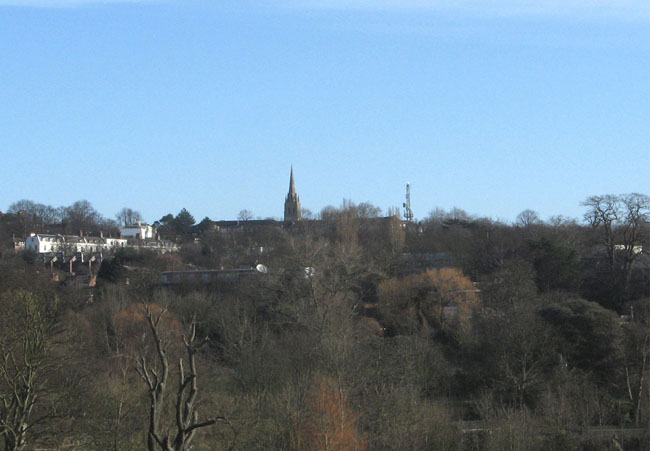PLACE has worked to reduce the impact of mobile phone infrastructure over the last 11 years. A two year collaboration with the Forestry Commission (FC) to reduce the impacts of mobile phone base stations on the FC estate produced little effect owing mainly to a lack of co-operation from industry. All the mobile phone companies were both formally and informally invited to collaborate in a project with the FC and PLACE. Their response, via the industry association the Mobile Operators Association, was to re-iterate their view that technical constraints do not allow (for instance) the live tree solution (see below) to be used except in very few circumstances. PLACE does not agree with this view, it is a smoke screen to avoid extra expense.
The FC has over 100 base stations on its estate and it has made clear that it wants a positive, innovative and collaborative project with the companies which will have benefits for all the community and the environment.
The current copy of the non-statutory Code of Best Practice on Mobile Phone Network Development published by the Office of the Deputy Prime Minister 2002, under paragraph 149: Design Innovation by Operators, states:
“If the impact of telecommunications development is to be minimised then it is essential that the telecommunications industry continues to develop innovative mast designs. The use of outside designers by operators will enable then to take on board fresh ideas. Operators are encouraged on a site by site basis to collaborate with each other in seeking new design initiatives. It would also be beneficial for operators to include the local authority and local community in the design process on a site by site basis.”
The Code also publishes an image of a live tree mounted antennae (see below) but there is no encouragement to use this system, indeed there is no reference to it in the text.
The use of the word ‘if’ at the beginning of paragraph 149, in tandem with the non-statutory status of the Code ensures that it is as toothless as it is possible to be in terms of controlling the industry. Repeated requests for base station developments to require a full planning application, the most recent being the All Party Parliamentary Inquiry into Planning Law as it Affects Mobile Phone Masts 2004, at which PLACE gave written and oral evidence, have been ignored by the government. In 2002 the government sold licences to the mobile phone industry for £22.5bn.
For examples of the approach taken by mobile phone companies to reduce the impact of their systems on communities and the environment see page 7 and Views, Vistas and Reverie pages 30-34; 101-2.
Below are examples of mobile phone base stations. To the right is the considerably less intrusive live tree base station with antennae attached directly to the trees (see white arrows). Once the shrubs have grown around the equipment cabin, this base station will be virtually invisible at 50m. Landowners and planners can require that this solution is used. Experience shows that the mobile operators are likely to raise a smoke screen of technical issues and cost to avoid using this method, although if their infrastructure were less intrusive they would clearly suffer much less aggravation from the public! There is one live tree base station in the UK that we know of and; there are ten or more in Norway where the technique was pioneered. It is strongly suspected that inertia and the low priority given to environmental matters by the companies are the only reasons the system has not been widely adopted. If it were, visual intrusions in rural and semi-rural areas could be vastly reduced. |
